Today, we’ll cover things you need to know before visiting Japan to make your trip smoother. From airport arrival to transportation and communication tools, we’ve got you covered!
1. Documents & Immigration
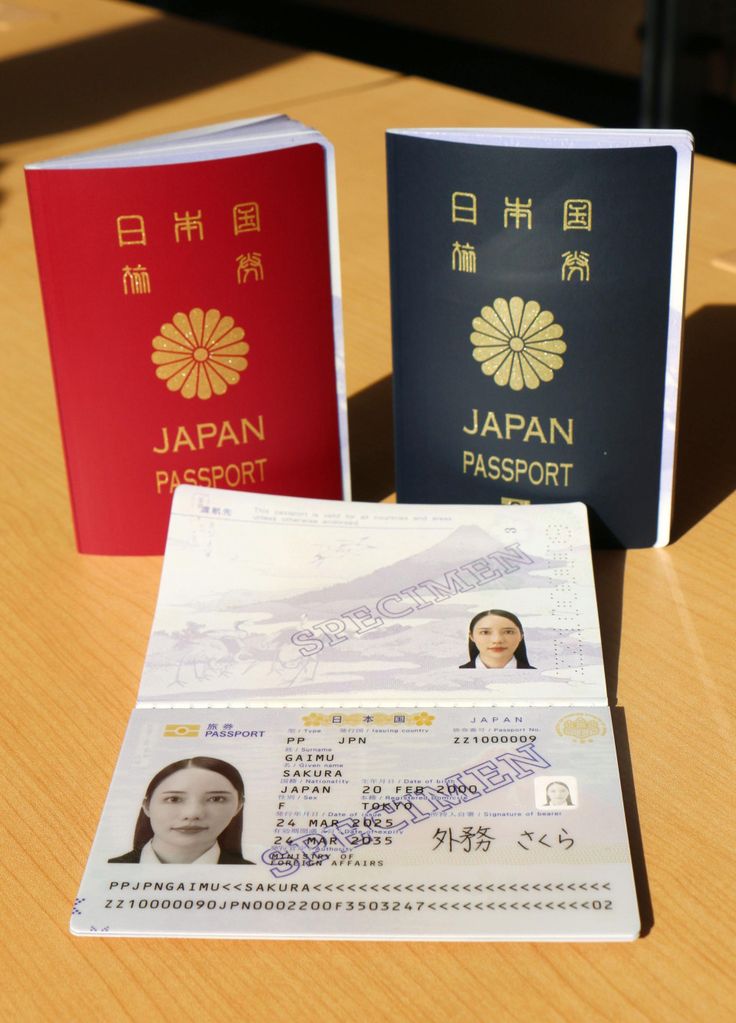
To enter Japan, you’ll need a valid passport and a visa if your country requires one. Fill out the immigration and customs forms—some airlines now let you complete these digitally in advance. Using the automated gates at the airport can speed up the process. Just follow the signs and instructions from the staff.
2. Luggage Delivery Services

If you’re carrying heavy bags, consider using a luggage delivery service. From the airport, you can send your luggage directly to your hotel or next destination. This makes traveling by train or public transport much easier. Delivery usually takes 1–2 days and can be arranged at the airport counters.
3. SIM Cards & Pocket Wi-Fi
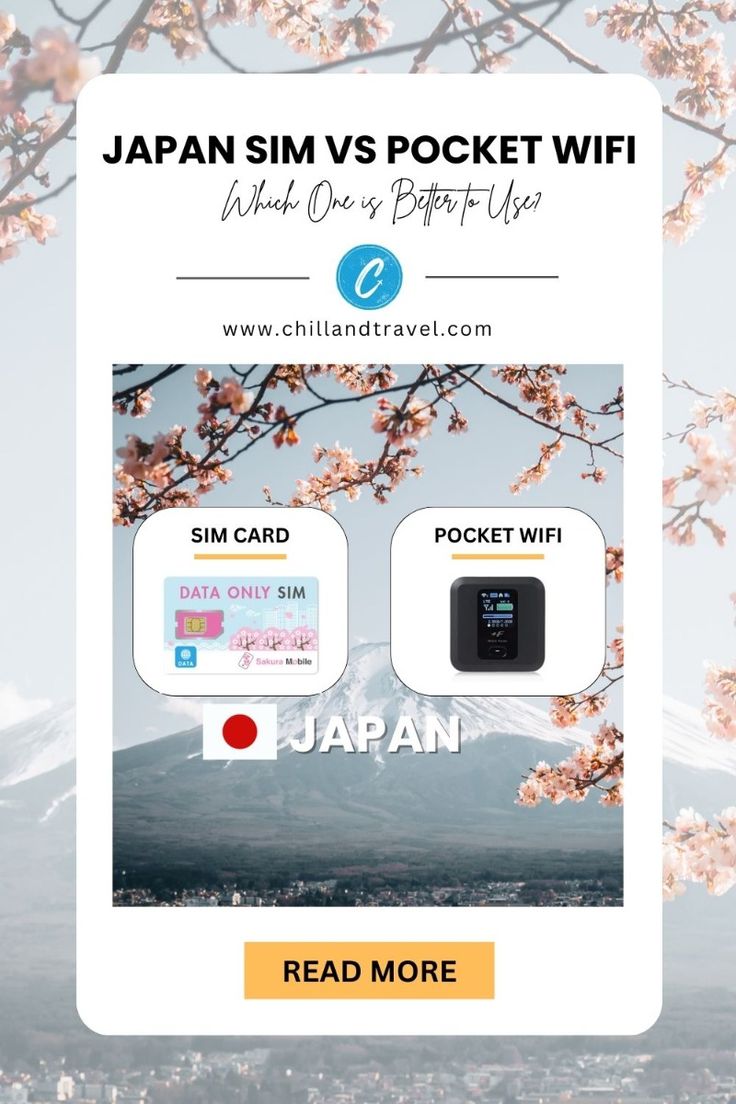
To stay connected, you can buy a prepaid SIM card or rent a pocket Wi-Fi. Both are available at the airport or can be reserved online in advance. Pocket Wi-Fi is great if you’re traveling with a group, as multiple devices can connect. Having internet access is useful for maps, translation apps, and train schedules.
4. Japan Rail Pass (JR Pass)
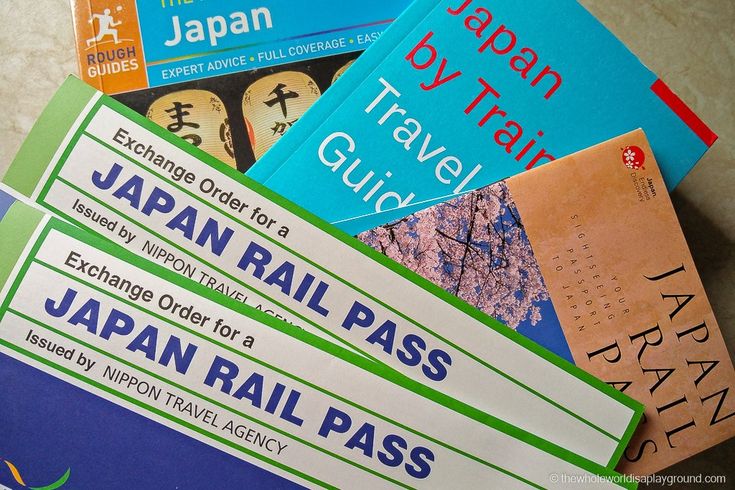
If you plan to travel between cities, the Japan Rail Pass is a good deal. It offers unlimited rides on JR trains, including Shinkansen (bullet trains), for a fixed price over 7, 14, or 21 days. Be sure to buy it before entering Japan, although some types are now available in Japan too. It’s ideal for those planning to visit multiple cities.
5. Transportation in Tokyo
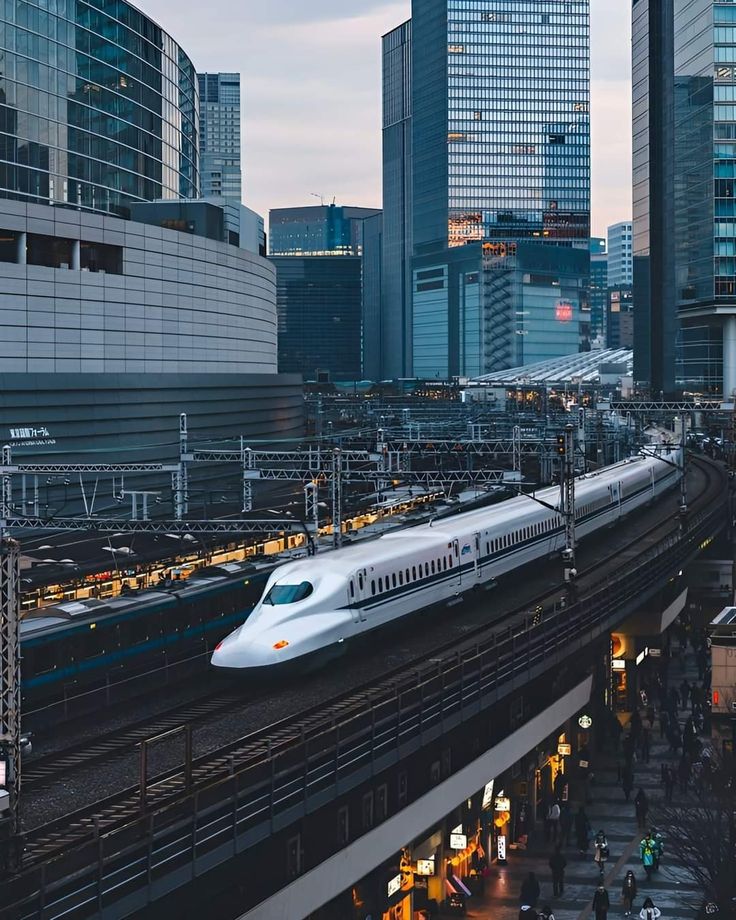
Tokyo’s train system is very convenient but can be confusing at first. Get an IC card like Suica or PASMO to make traveling easier—they work on trains, buses, and even at some shops. Stations have English signs, and Google Maps is reliable for directions and train routes. Avoid rush hour if possible, as trains get extremely crowded.
6. Etiquette on Public Transport
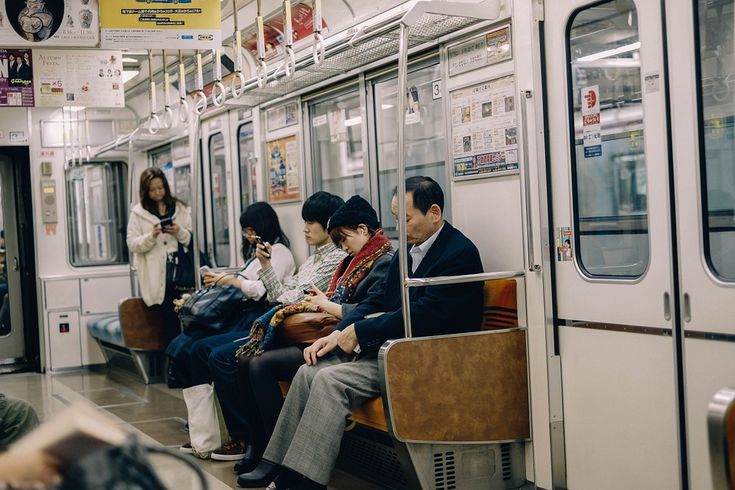
Keep your phone on silent mode and avoid talking loudly. Don’t eat or drink on regular trains. Priority seats are for the elderly, pregnant women, and people with disabilities—give up your seat if needed. Keeping quiet and respectful on trains is part of Japanese manners.
Imagine having financial freedom and being able to take multiple trips to Japan without having to worry about the stresses of money. That’s basically what I cover in Build Your Moxie. If you are wanting to create a life where you can do a lot of things that you enjoy, then click that subscribe button. I would love to have you be part of the family.
OK, let’s talk about the Suica card. No matter where you are sitting in Tokyo or in Japan, just get a Suica card. The Suica card is basically easy money, so you can have this on your phone or you can have a physical card like this one. You can use this at different restaurants, convenience stores, and on all local lines.
Really, this is like a catch-all. If you don’t have cash with you or your JR Pass is not covering this specific line in Tokyo, you will see that every local person has a Suica card on their phone. If you’re on a train and your JR Pass isn’t going through, it’s going to look like this — the gates are going to stop you.
So at this time, just take out your Suica card and tap it instead and the gate will open. For the Suica cards, you can buy these at the ticket machines. The Suica card that lasts ten years is the one that we recommend getting. At the travel centers, they do have an option for you to buy the temporary Suica card which lasts for like a month.
However, the lady said she didn’t recommend this one because it’s hard to get your money back. But if you get the long one, the ten-year one, first of all, it makes a really good souvenir. Second, you can get your money refunded back to you. So just load up. We put maybe ¥10,000 on it. ¥500 of the yen was used as the deposit, so we had ¥9500 left. We put about $75 on it and we’ve just been using it throughout the last two weeks.
We were told to keep your Suica card purchase receipt with you. So basically the four things you should have are your Suica card, the card receipt, your passport, and your JR Pass. Just keep all of that together in case there’s any problems at any of the gates. This is the symbol for Suica. Now, Japan is still very much a cash-based place.
However, there are some restaurants where they’re going to go cashless. OK, I just wanted to do some general tips and we’re going to do this pretty rapid fire. OK, let’s talk about money. Before we got to Japan about a month prior, we went to our bank and we had them convert a lot of our USD into Japanese yen.
This was the best conversion rate. You can also go to an ATM in Japan or convert at your airport. However, using the bank for us was the best conversion rate. It’s been recommended to carry about ¥30,000–¥50,000 with you every day. Now I know what some of you are thinking: “I don’t think I want to carry that much cash with me because that’s a lot of money and I don’t want to be targeted.”
But don’t worry, everyone’s carrying that same amount, so you’re going to be just fine. But also, even though Japan is really safe, just always use your common sense. Another tip for you to remember about Japan is that there’s no tipping at restaurants. Even though you had the most amazing food with the most amazing service and you’re wanting to give them extra, instead…
Just say “Arigatou gozaimasu,” which means “Thank you so much.” Also, the more slurping and the more smiling you do and the more excited you are when your food comes out, the better. I mean, like, the food is amazing. You guys, just trust me. When you get to Japan and you’re eating at the most delicious ramen places, you’ll see that there’s a long line.
Don’t worry, you’re supposed to stand in all the lines, especially if they’re long. That means it’s good. Once you get to the front of the line, you may notice that you have to pay for your food right then. So there’s going to be this little machine with buttons. Look at the menu, click it, put your money in, and now it’s going to come out with the ticket, and you just paid for your food.
Then from there, you’re going to wait for the people to serve you. Give them your ticket, and then you say “Arigatou gozaimasu,” which means “Thank you so much.” Sit down, enjoy your most delicious food. And then when you’re done, “Arigatou gozaimasu” — and then leave. Basically, that long line? It actually moves so fast.
They’re so efficient. Another thing that we saw in Japan is when there’s a tray, usually you want to put your money on that so you’re not really handing them your money — you’re putting it on the tray. Then they’ll take the money from that tray, then they’ll return to you your change on that tray. This is if you’re not using a machine to get your change. Let’s say you’re shopping or you have some of your luggage with you and you just want to go around and explore — what you can also do around the train stations, the airports, or even sometimes along the shopping mall areas:
There’s going to be a lot of coin lockers. So there’s just like a few hundred yen for the day, but it’s actually really safe and we see a lot of people using them. Coin lockers — I’m going to show you some pictures right here. Coin locker, coin locker, coin locker, coin locker. For the coin lockers, you can use coins and then sometimes you can also use your Suica card.
I just love the Suica card. OK, so for clothing: we are here in the springtime and everyone here just dresses so nice and so pretty and so fashionable. So if you’re like kind of wanting to fit in, bring your slacks. If you’re a girl, like, you know, those high-waisted trousers? Bring some really nice neutral colors. Trench coats — trench coats are a big deal.
Also bring an umbrella. But yeah, everyone dresses really cute here. Also, if you’re someone that likes to wear a lot of leggings like me — yeah, no one wears leggings here. So cover your butt, save yourself some space in your luggage, and just don’t bring them. Convenience stores. OK, convenience stores are the best. There is so much delicious food there.
And I’m like, oh man, I wish our 7-Eleven was this wonderful. But yes, we hear that 7-Eleven is the best. So that is where we went, like, nearly every day. They have smoothies. You can microwave food there. They have all these different kinds of sushi, snacks, and delicious chips. Here in Japan, convenience stores are also known as “konbini.”
We’re here in Japan in the spring, and it tends to rain a lot. So we’re really happy we brought a couple of umbrellas. But you can also buy these at the konbini. OK, let’s talk about manners in Japan now. When you are in the public transportation areas, you want to make sure you’re really quiet — like quieter than this.
OK, I am being really loud right now. People are usually resting, reading, or on their phone after a long day of work. We’ve been here now for about two weeks and there was this one couple that was really loud — and they definitely weren’t from Japan. And it was so obvious how much they were disturbing everyone else. So remember, we are going into their culture.
It’s really important for us to respect them, especially if we want to be invited back. Also, we heard that it’s not OK to say, “Huh?” You know, like in America we go, “Huh? What?” Instead, say “Eh?” or “Hai,” and that is OK. We heard that going, “Huh?” is actually really rude and it can actually start some confrontations.
So try not to go, “Huh?” I’m really good at saying “Huh,” but don’t say it. In Japan, people drive on the left side of the street, which means they’re usually walking on the left side of the street. So try not to walk through everyone — just move to where everyone’s walking. Kind of like in Finding Nemo, where they’re trying to get to Australia and you’re in the fish…
Just go with the flow. Also, when you’re on the escalators, make sure you’re to the left — or at least whatever side that they’re on. Go to one side, so people that are in a rush can go right past you and get to where they need to be. If you’re wanting to buy something from a window, what you could do is take a picture of it and then show the lady or the man and say like “one” or “two” or “three,” you know? And then from there they can serve you and you don’t have to say anything in Japanese if you don’t know any.
One of the biggest culture shocks for us when we came to Japan was — there are literally no trash cans anywhere. No trash cans anywhere! So make sure you carry with yourself a couple plastic bags just to hold your trash. The one thing that’s so beautiful about Japan is that there’s not a lot of litter anywhere. So be respectful, pick up trash if you see it, and take your trash home.
When you go to the konbini, you can actually buy a plastic bag for about ¥3–¥5 each when you’re getting all your stuff. So that’s normally what we did. We got our snacks, got a plastic baggie, then we just used that for the trash and kept it in our backpacks. What you’ll also notice is that there’s going to be a little box where the receipts go.
So if you don’t want to keep your receipt, you can just put it right there in the box instead of carrying that trash with you. Another thing that I noticed is in some of the train station bathrooms, there’s actually no soap. Like, it’s not like they ran out of soap — there’s just no soap. So bring some hand sanitizer.
For passports, make sure you bring this with you everywhere you go, because if you’re going shopping, you can actually go to the Tax Refund Service Center and get some money back. You have to show them the receipt as well as your passport. And then you also need your passport when you’re traveling through the metro and the rail system.
This is in case there’s any problem with your JR Pass or your Suica card. So then the people at the little window can help you. If you are going to an onsen, they might not let you in if you have tattoos. So make sure you research the onsen beforehand or go to a tattoo-friendly onsen. Another thing you should bring from home is deodorant.
Deodorant is really hard to find here in Japan because they don’t normally use deodorant. So don’t be that smelly person on the train. Bring your deodorant. Also, be sure to check which medications are banned in Japan, because you don’t want to get arrested or get in trouble. I’ll be sure to link the important information from this video below.
I want to just show you the app that was really helpful for us. It’s called Papago. Change your language to Japanese, take a picture of what you want to translate and voila — it is translated. Here are a few of my favorite travel tips, and these have just been really helpful for us. Number one: getting Apple AirTags.
We had a really bad experience where my luggage got shipped all the way across the world back to Korea, and I didn’t have my luggage for a long time, and I didn’t trust the airline to bring it back to me. And having Apple AirTags now for this trip has made such a huge difference for me. I don’t like any static stress to be in the back of my head.
So if I know where my luggage is and I can see it on my phone and I can track where it is — and yes, it’s been on the plane and now it’s landed, yes, in Japan — I just feel so much better. So Apple AirTags — they’re about $25 each. We got four of them, put them in our most important bags and I have just had so much less stress knowing where my bags are.
I also like printing out our hotel information, especially if you’re going to a country where you don’t know the language. You can always just point, and everyone here is really helpful. I also keep a screenshot of it on my phone and then save the emails in a folder. Another thing we do is always tell our bank that we’re going to be out of the country just so they don’t freeze our accounts.
Another thing that we are really happy to have was our portable white noise machine, so I’ll be sure to link this one below. Also in Japan, for their wall sockets, they have those two vertical lines — the ones that look like this. But if you have a cable that looks like this with the three holes, then make sure you bring yourself a travel charger.
I’ll be sure to link this one below, but this one’s one of my favorite ones. Also, if you have never worn compression socks before — these are the best compression socks, and I’ll be sure to link them below. You know, like when your legs get all tired on the airplane? These make a huge difference. Also for long car rides. Even though Japan is really clean, I still don’t like my bag on the floor.
So this is one of my favorite bag hangers called the Clipa bag hanger. And I’ve actually had this one for about five years now, since 2018, and they can hold like 33 pounds or something like that. But yes — super good quality. If you’re looking for a good bag hanger, this is the one. I hope these tips are helpful for you.
These are the tips that I wish someone would have told us. I’m also going to link a couple of videos right here. So if you’re looking to save more money so you can go on more trips like this, then go ahead and click that subscribe button, give me a like, and I’ll see you in the comment section.

